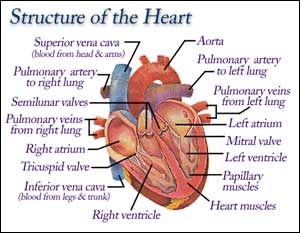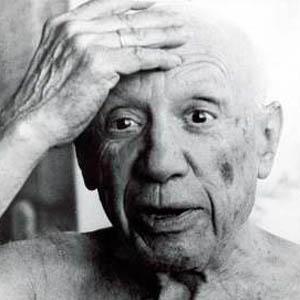GENERAL CARE
It is often impossible to establish with certainty the identity of the poison and the size of the dose. Fortunately this is not usually important because only a few poisons have specific antidotes. In most patients, treatment is directed at managing symptoms as they arise.
- RESPIRATION
Most poisons that impair consciousness also depress respiration. Assisted ventilation may be needed. Oxygen is not a substitute for adequate ventilation, although it should be given in the highest concentration possible in poisoning with carbon monoxide and irritant gases.
Respiratory stimulants so not help and should be avoided.
- BLOOD PRESSURE
Hypotension is common in severe poisoning with central nervous system depressants. A systolic blood pressure of less than 70mmHg may lead to irreversible brain damage or renal tubular necrosis.
Hypotension should be corrected initially by tilting down the head of the bed and administration of either sodium chloride intravenous infusion or a colloidal infusion.
Hypertension, often transient, occurs less frequently and it may be associated with sympathomimetic drugs such as amphetamines, phencyclidine and cocaine.
- HEART
Cardiac conduction defects and arrhythmias can occue in acute poisoning, notably with tricyclic antidepressants , some antipsychotics, and some antihistamines.
- BODY TEMPERATURE
Hypothermia may develop in patients of any age who have been deeply unconscious for some hours, particularly following overdose with barbiturates or phenothiazines.
Hyperthermia can develop in patients taking CNS stimulants, children and the elderly are also at risk when taking therapeutic doses of drugs with antimuscarinic properties.
Both hypothermia and hyperthermia require urgent hospitalisation.
- CONVULSIONS
Single short -lived convulsions do not require treatment. If convulsions are protracted or recur frequently, lorazepam (4mg) or diazepam (10mg) should be given by slow intravenous injection into a large vein, diazepam can be administered as a rectal solution or midazolam can be given by the buccal route.
REMOVAL AND ELIMINATION
- Prevention of absorption
- Active elimination techniques
Repeated doses of activated charcoal by mouth enhance the elimination of some drugs after they have been absorbed, repeated doses are given after overdosage with:
-Carbamazepine
-Dapsone
-Phenobarbital
-Quinine
-Theophylline
The usual dose of activated charcoal in adults and children over 12 years of age is 50g initially then 50g every 4 hours. Vomiting should be treated since it may reduce the efficacy of charcoal treatment.In cases of intolerance, the dose may be reduced and the frequency increased.
Other techniques intended to enhance the elimination of poisons after absorption:
-Hemodialysis for salicylates, phenobarbital, methyl alcohol (methanol), ethylene glycol and lithium.
-Alkalinisation of the urine for salicylates and phenoxyacetate herbicides.
- Removal from gastro-intestinal tract
Gastric lavage is rarely required, it should be considered only if a life-threatening amount has been ingested within the previous hour and the airway can be protected adequately.
It may occasionally be considered in patients who have ingested drugs that are not absorbed by charcoal, such as iron or lithium.
Whole bowel irrigation has been used in poisoning with certain modified-release or enteric coated formulations, in severe poisoning with iron or lithium salts and if illicit drugs are carried in the gastro-intestinal tract.
SPECIFIC DRUGS
More information: http://www.toxbase.org/
Source: BNF (British National Formulary) 2009


.jpg)



























.jpg)


.jpg)
















